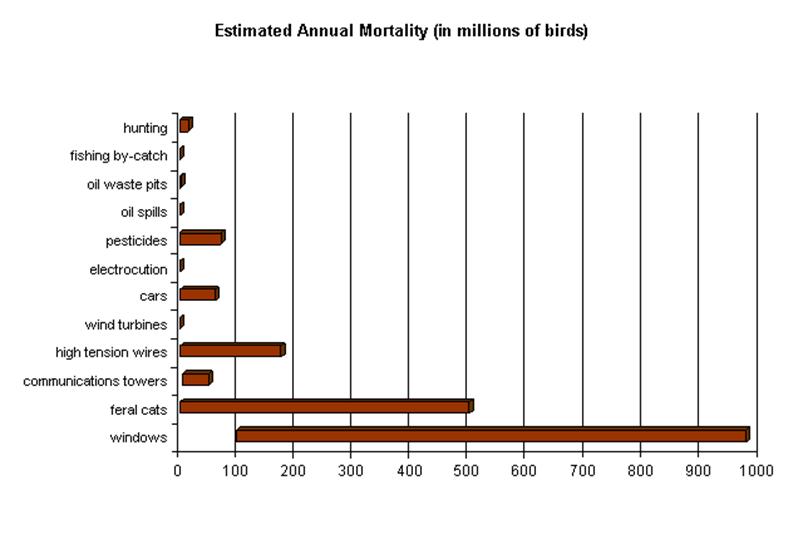
During that first deep freeze of
January--when the temperature one night bottomed out at 00F (and yes I know we don't
hold a candle to the midwest), and I had a combination of electric pipe tape, 75W bulb, and fan keeping some semi-exposed water pipes from freezing--I
began thinking about the birds.
I remember my shock when I first
learned of the tremendous mortality of birds in their first year, and
especially of how they froze and starved in winter, with few birds surviving to
their first birthday. Birds have body
temperatures higher than ours, and need to eat pretty constantly just to keep their
tiny furnaces going. With this in mind, the
temperature staying in the single digits, and the ground covered in snow, I did
what any empathic naturalist would: I brought home a big bag of bird food from
the big box store and filled the feeder that dangled empty in front of our
kitchen window. For good measure, I
poured another helping out on a nearby platform feeder that should be easily
visible from the air.
Then I waited and watched, hoping
the birds would discover the feeder quickly.
We don't feed year-round, and I've found it often takes many days before
traffic begins to arrive. But I figured
that, with most food sources snowed under, and birds losing body heat, they
would be motivated. I waited some more,
and got ready to write this post.
But try though I might, I wasn't able to support my beliefs. Birds and Blooms has twelve winter
bird myths, including that birds die in temperatures below zero, and that they
depend on feeders. Some
thought-provoking ideas, but no citations, so I cannot say the author isn't
just promulgating his own myths.
It is true that mortality
is very high in a bird's first year--but mostly among nestlings. The high mortality only makes sense, since
there is no more space or food (on average) this year than last. As Dr. Mike Hounsome of Great Britain points out on a Countryside Info page, "if
there was a pair [of robins] in your garden last year then there is a pair this year. But
in the mean time that original pair has had, say, two broods of five young -
that is ten new Robins. But by the start of the next breeding season there are
only two." Therefore, the mortality
was about 80%.
More authoritative information is harder to come by. A 1988 Stanford University page by Paul Ehrlich et al. lists
maximum known lifespans for birds, and says that, in general, larger birds are
longer-lived than smaller birds. This
page also points out how difficult it is to answering so simple a question as
how mortality changes with age in animals that are always on the move. (One nice thing about studying trees: they
generally stay pretty much where you put 'em.)
The best data comes from bird banding studies, but these are difficult,
expensive and chancy.
The population dynamics page of
the same site (also by Ehrlich, et al,) has some nice examples of population studies, and includes the
observation that the out-of-bounds growth of the human population is a huge
cause of mortality and extinction.
"The human population has increased about 40-fold in the eighty
generations since the time of Christ, as mortality rates have dropped without
compensating declines in natality. One result of human population growth has
been a decline in many bird populations, as Homo sapiens has hunted them,
appropriated their food, and destroyed their habitats."
If there is a paucity of data
about natural bird mortality, there is a great deal of interest in human-caused
bird mortality. By far the biggest cause
is habitat destruction, as our population grows, and as we develops more and
more of the earth's surface for our own purposes. As causes of individual deaths (that is, after habitat destruction), SibleyGuides lists
the human causes of bird death in steeply-declining order as: window strikes, feral
cats, and high tension wires, with a bevy of other causes (wind turbines among the smallest) accounting for the small remainder.
But a recent report on Canadian bird mortality puts
cats at the top of the list--responsible for three times more human-caused bird
deaths than the eight other causes combined. Scott R. Loss, et al, in another report, find
that "Un-owned cats, as opposed to owned pets, cause the majority of this
mortality. Our findings suggest that free-ranging cats cause substantially
greater wildlife mortality than previously thought and are likely the single greatest source of
anthropogenic mortality for US birds and mammals. Scientifically sound
conservation and policy intervention is needed to reduce this impact.." Certainly, domestic cats qualify as a very
serious invasive alien species!

SibleyGuide (see link above) figure published 2003--recent work sharply increases estimated mortality due to cats, chiefly those free-ranging because un-owned.
No comments:
Post a Comment